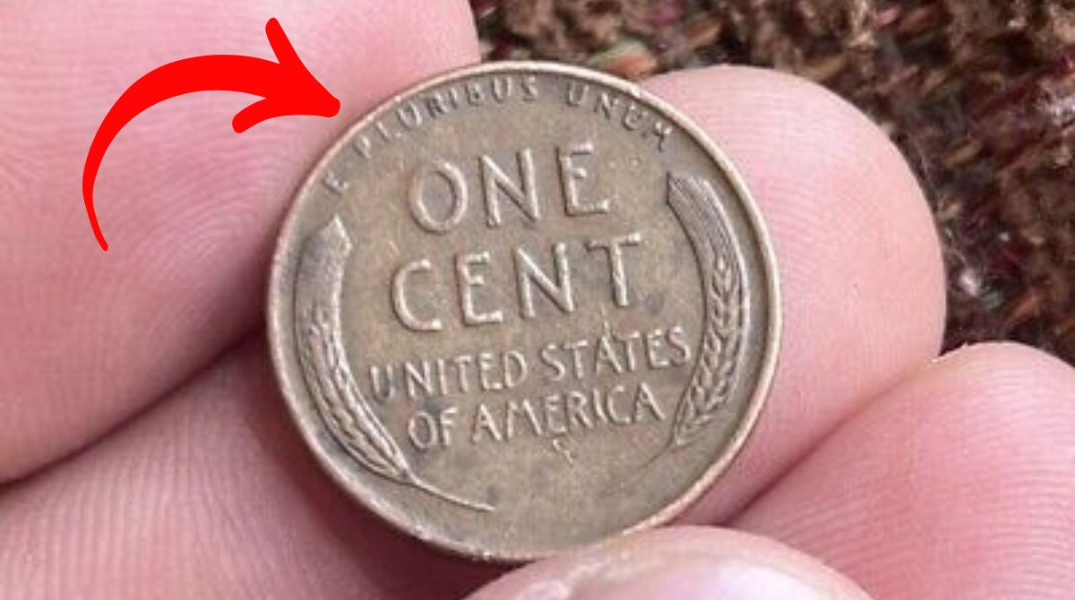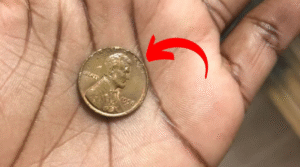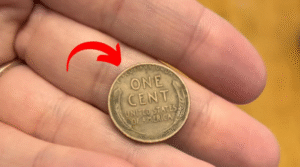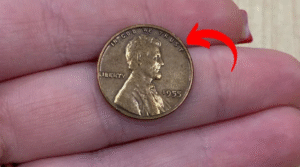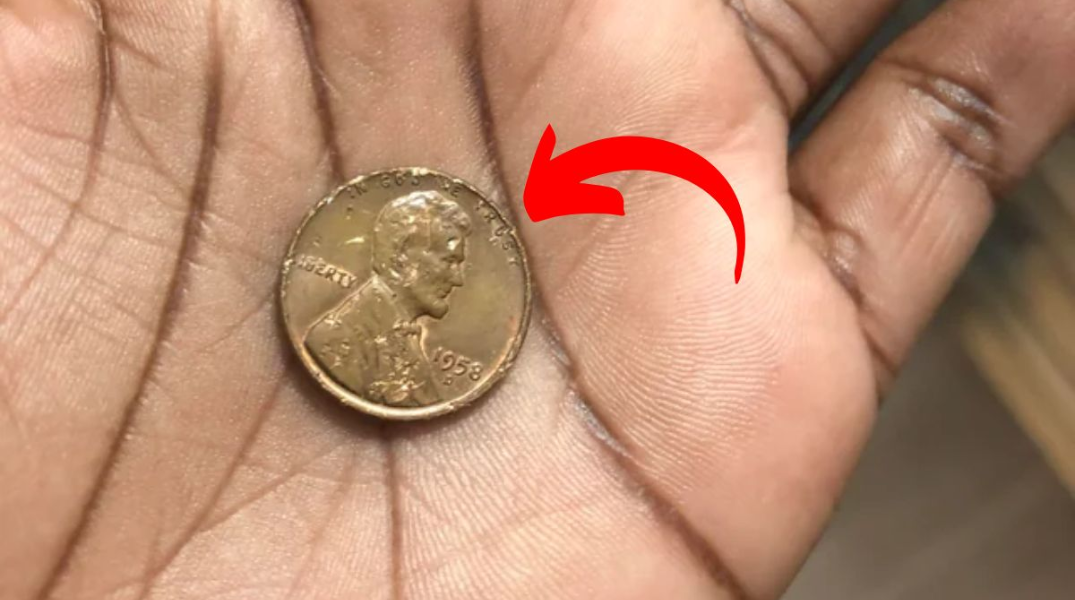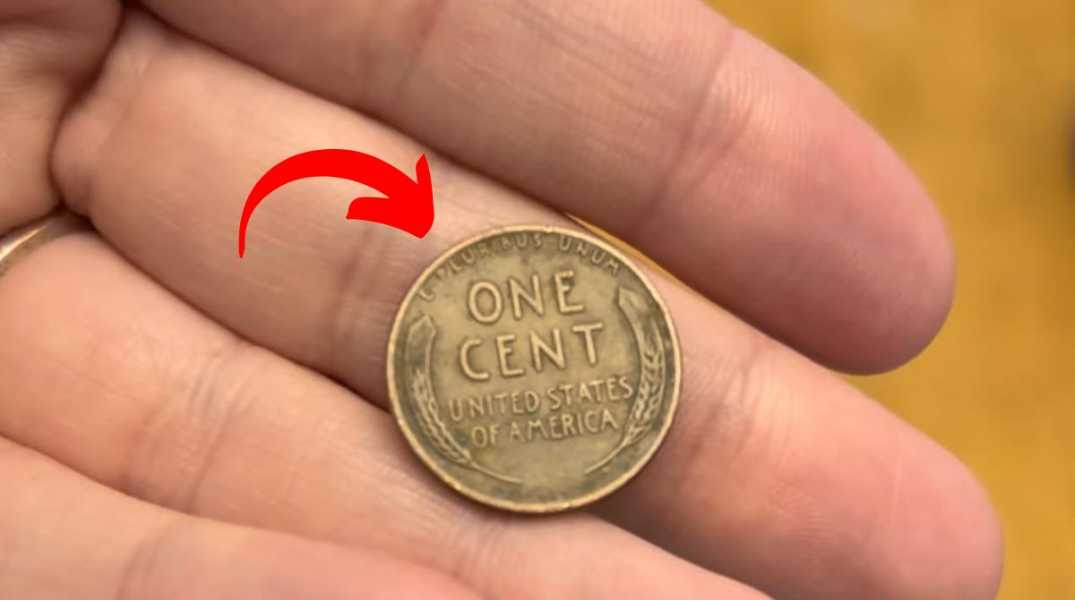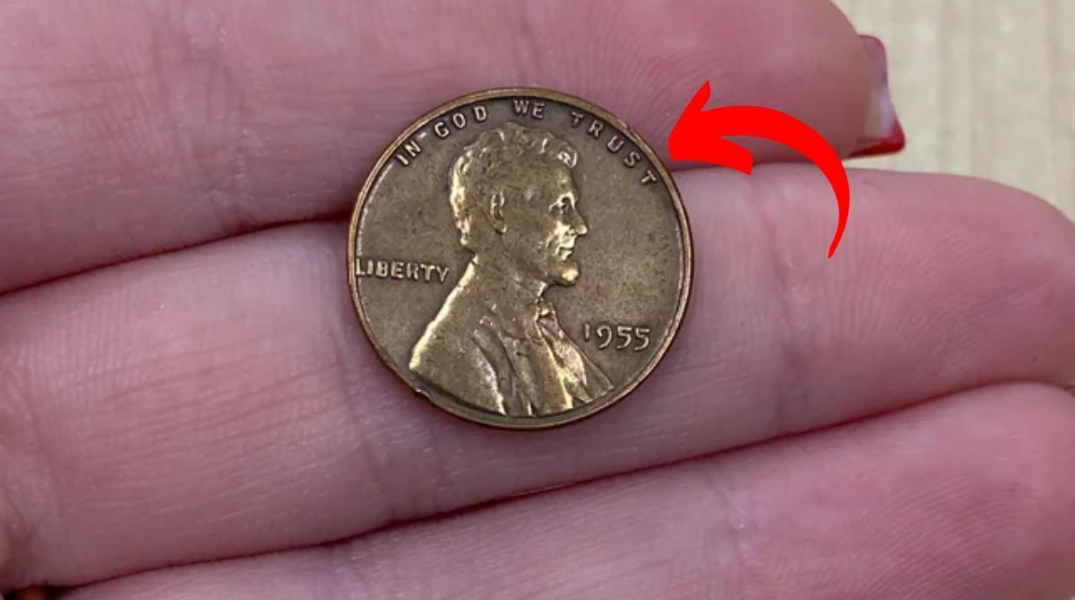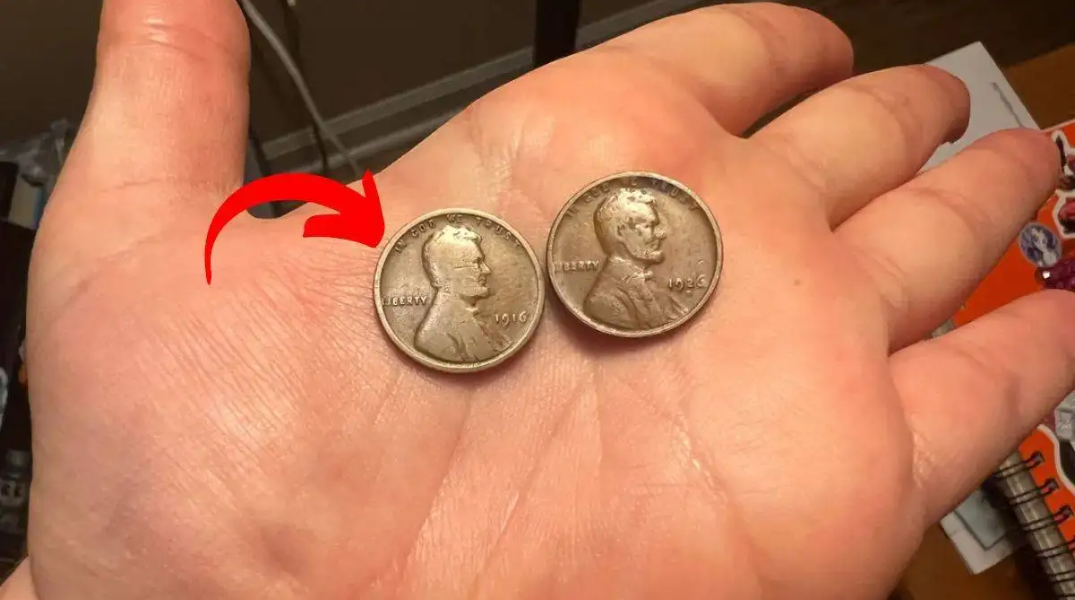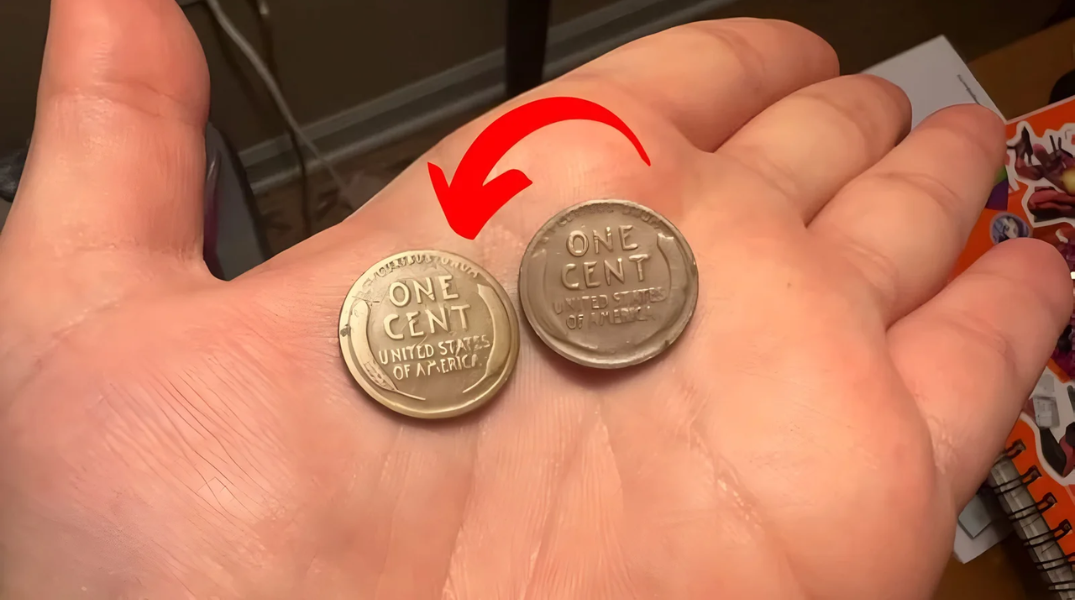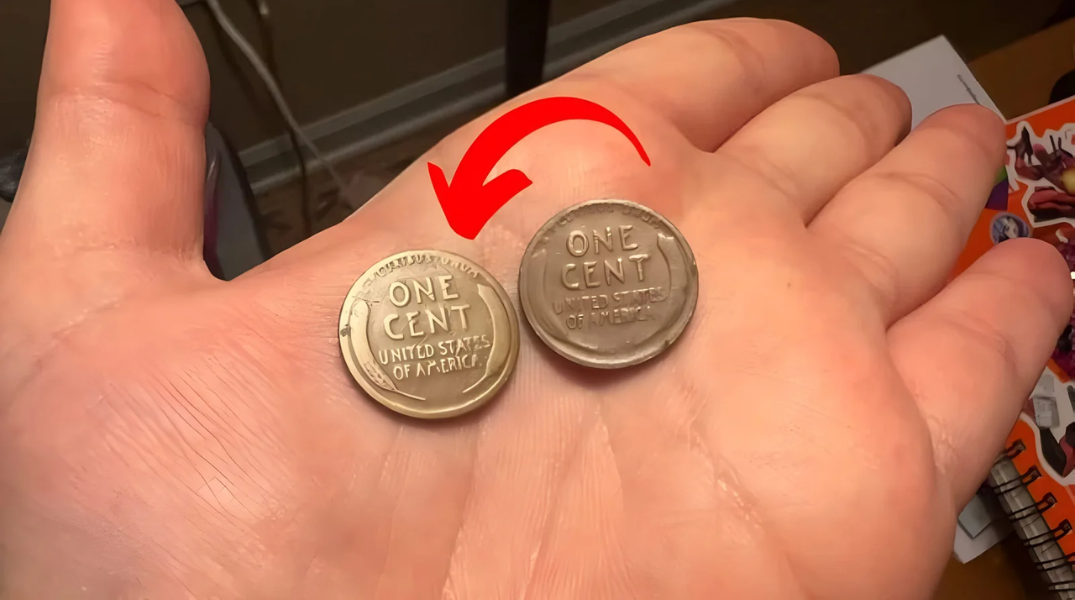The Lincoln Wheat Penny Valued at $1.9Million – Next time you reach into your coin jar or check the change in your pocket, don’t overlook that old penny. While most one-cent coins aren’t worth more than their face value, a select few — like the legendary 1943 Lincoln Wheat Penny made from copper — have become the holy grail for coin collectors. Despite some exaggerated internet headlines claiming these coins are worth as much as$1.9 million, the truth is less fantastical but still fascinating.
Let’s dig into the history, rarity, and real value of these prized coins, and help you learn what to look for — you might just be holding a tiny piece of American history.
The Birth of a Collector’s Favorite: The Lincoln Wheat Penny
Introduced in 1909 to honor the 100th anniversary of Abraham Lincoln’s birth, the Lincoln Wheat Penny was the first American coin to feature an actual person — a break from the tradition of using symbolic figures like Liberty. Designed by sculptor Victor D. Brenner, it features a profile of Lincoln on the obverse and two stylized wheat stalks on the reverse. The coin’s simple design and deep historical connection make it a favorite among collectors.
Minted until 1958, the Wheat Penny has come to symbolize more than pocket change — it represents a slice of American heritage, from the Great Depression through World War II.
The 1943 Copper Penny: A Minting Mistake Worth a Fortune
During World War II, copper was a critical resource needed for ammunition and electrical wiring. To conserve this vital material, the U.S. Mint began producing pennies from zinc-coated steel in 1943. However, a few copper blanks from 1942 accidentally remained in the minting presses and were struck with the 1943 date.
The result? A small handful — believed to be no more than 15 to 20 genuine examples — of 1943 copper Lincoln pennies. This rare error has made them one of the most sought-after coins in U.S. history.
Real Value vs. Internet Myths
Forget the eye-popping $1.9 million claims floating around online — they’re clickbait. While these coins are undeniably valuable, the highest verified sale of a 1943 copper penny was $1.7 million in 2010. Other authenticated examples have sold for between $200,000 and $336,000. The ultra-rare Denver-minted 1943-D copper penny is estimated to be worth over $1 million due to its extreme scarcity.
So while you likely won’t retire off one coin, finding one could still mean a significant windfall.
How to Identify a Rare Wheat Penny in Your Collection
If you’re interested in checking your coin collection, here’s what to look for:
- Wheat Reverse Design: Two wheat stalks flanking the words “ONE CENT” mark the coin as a Wheat Penny (1909–1958).
- 1943 Date: Look for a 1943 penny that’s brownish-copper in color. If it’s shiny or silver, it’s likely steel.
- Magnet Test: Copper isn’t magnetic — if the coin sticks to a magnet, it’s not copper.
- Weight Test: Copper pennies weigh around 3.11 grams, while steel ones are lighter at about 2.7 grams.
Other valuable dates include:
- 1909-S VDB – The original rare issue with the designer’s initials
- 1914-D – A low-mintage coin from Denver
- 1922 Plain – A minting anomaly from the Denver Mint
Rarity and Condition: The Two Value Pillars
Two major factors influence a coin’s value:
- Rarity: Coins like the 1943 copper penny are rare due to their accidental minting.
- Condition: A coin in Mint State (uncirculated and undamaged) can command significantly higher prices than a worn, circulated one.
Coin grading services like PCGS and NGC professionally assess these factors, and certification by one of these agencies is essential for high-value coins.
The Ongoing Treasure Hunt
Stories of lucky finds continue to inspire collectors. One such penny was reportedly discovered by a teenager in the 1980s, another was spotted in an inherited coin collection, and some have turned up in old piggy banks. Even though the odds are slim, the thrill of possibly finding one of these elusive coins makes the search worthwhile.
Beyond the Money: A Symbol of America’s Past
Wheat Pennies, especially those from the 1940s, offer more than financial appeal. They carry the legacy of an era shaped by war, economic struggle, and national progress. The 1943 copper penny, in particular, reflects America’s wartime efforts and industrial sacrifices.
Holding one is like holding a time capsule — a tangible reminder of history that passed through the hands of soldiers, factory workers, and families across generations.
Watch Out for Fakes
With high value comes high risk. Counterfeit 1943 copper pennies have been circulating for decades. Scammers commonly:
- Plate 1943 steel cents with copper
- Alter the dates on other pennies (e.g., turning a 1945 into 1943)
- Forge entire coins
If you suspect you’ve found a rare coin, have it authenticated by a trusted expert before buying or selling.
Frequently Asked Questions (FAQs)
Q: How can I tell if my 1943 penny is copper or steel?
A: Use a magnet. Copper coins won’t stick, but steel ones will. Also, check the color — copper coins are brownish-red, not silvery.
Q: What is the most valuable Lincoln Wheat Penny?
A: The 1943-D copper penny is among the most valuable, with estimates over $1 million. The 1909-S VDB and 1914-D are also highly sought-after.
Q: Are 1943 steel pennies worth anything?
A: Yes, but usually only a few cents to a few dollars unless in exceptional condition.
Q: Can I sell my coins without professional grading?
A: You can, but it’s risky. Uncertified coins may not fetch full market value and are more prone to disputes over authenticity.
Q: Where should I go to authenticate my penny?
A: Reputable services include PCGS (Professional Coin Grading Service) and NGC (Numismatic Guaranty Corporation).
Final Thoughts
While your spare change is unlikely to contain a $1 million penny, the idea isn’t entirely far-fetched. Rare coins have turned up in the unlikeliest of places. Whether you’re a seasoned collector or just curious about what’s jingling in your pockets, the story of the Lincoln Wheat Penny proves that even the smallest coin can hold immense value — in both dollars and history.
